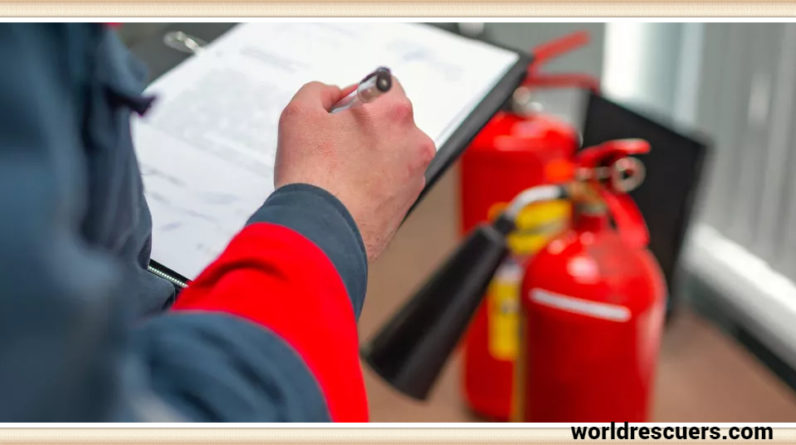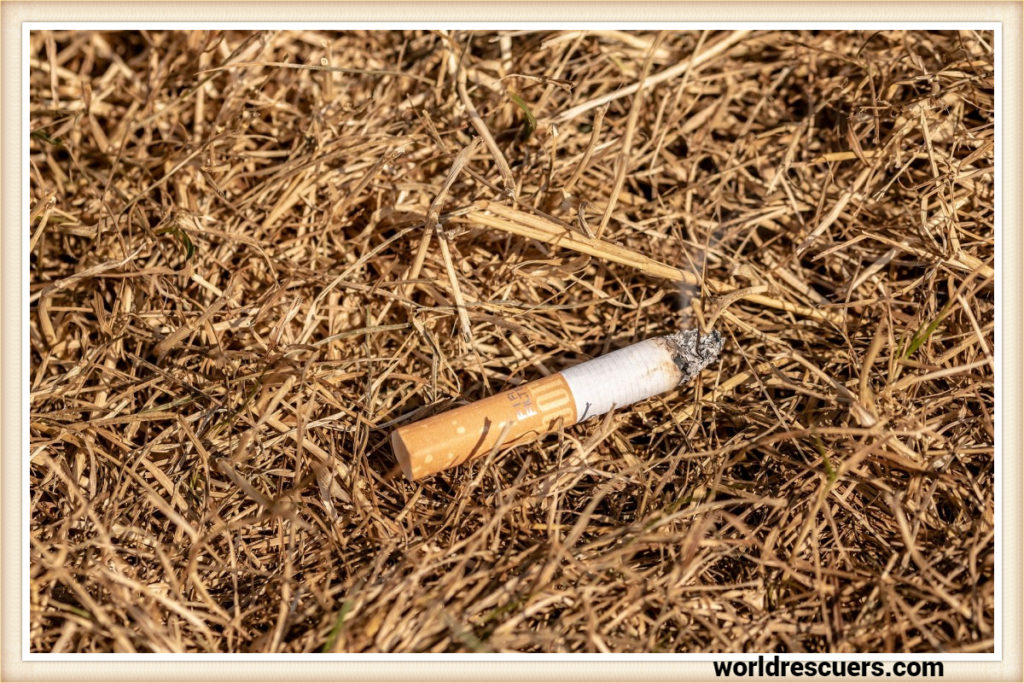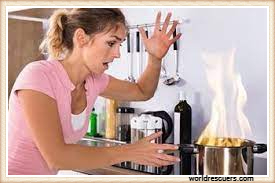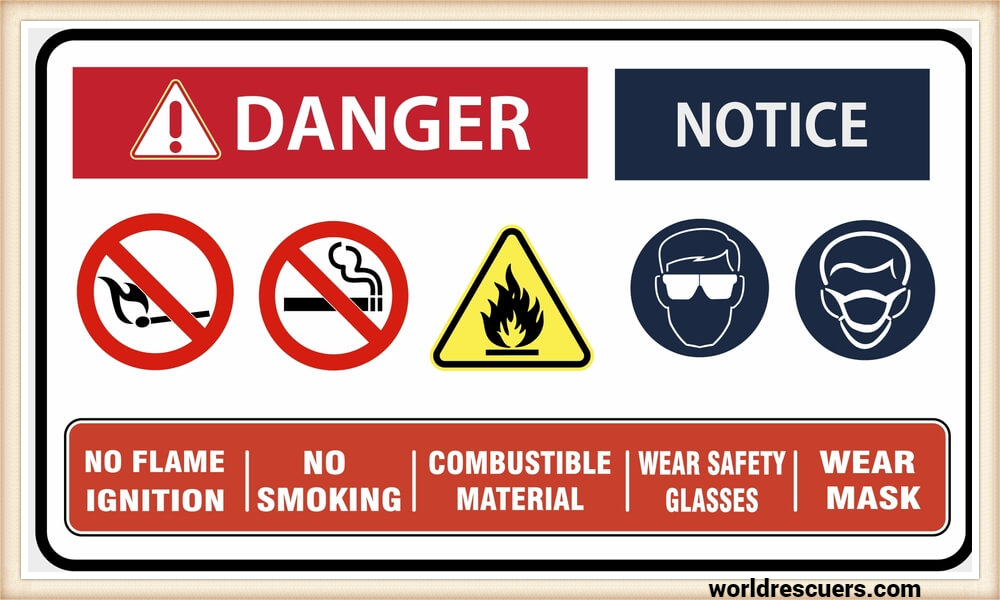
Conclusion
Fire hazards are a real and potentially life-threatening concern, both at home and in the workplace. By prioritizing home safety, following rigorous occupational safety protocols, and acquiring basic firefighting skills, individuals can significantly reduce the risk of fire incidents. Remember, prevention and preparedness are the keys to ensuring the safety and well-being of ourselves and those around us.

Fire hazards pose a significant threat to both residential and occupational environments. Understanding the potential risks and implementing proactive measures can help safeguard lives, property, and workplaces. So, In this article, we will explore the importance of home safety, occupational safety, and effective firefighting strategies to mitigate fire hazards.
The Nature of Fire Hazards
Finally, Fire hazards can originate from various sources, including faulty electrical systems, flammable materials, and human negligence. Therefore, These hazards have the potential to cause devastating consequences if not addressed promptly. Recognizing and understanding the root causes of fire hazards is crucial for effective prevention.
Importance of Home Safety
Home safety is paramount, as our residences are where we spend a significant amount of time. To ensure home safety, consider the following measures:

1. Install Smoke Detectors and Fire Alarms
Equipping your home with smoke detectors and fire alarms provides early warning in case of a fire outbreak. So, regularly check and maintain these devices to ensure their proper functionality.
2. Proper Electrical Maintenance
Electrical fires are a common hazard. Inspect your home’s electrical system for any signs of wear or damage, and address issues promptly. Avoid overloading electrical outlets and using frayed cords.
3. Safe Storage Practices
Store flammable materials, such as gasoline, propane, and cleaning agents, in well-ventilated areas away from heat sources. Keep these items in their original containers and away from the reach of children.
4. Fire Extinguishers
Keep fire extinguishers in accessible areas of your home, such as the kitchen and garage. Learn how to use them effectively and teach family members the basics of fire extinguishing.
Ensuring Occupational Safety
Firstly, workplaces are not immune to fire hazards. Employers and employees must collaborate to create a safe working environment. Here are some key considerations for occupational safety:
1. Fire Safety Training
Conduct regular fire safety training sessions for employees. Educate them on evacuation procedures, proper use of fire extinguishers, and emergency communication protocols.
2. Emergency Exits and Evacuation Plans
Clearly mark emergency exits and establish well-defined evacuation plans. Conduct fire drills periodically to ensure that all employees are familiar with evacuation routes and procedures.
3. Fire Prevention Measures
Regularly inspect and maintain electrical systems, machinery, and equipment to prevent potential fire triggers. Implement strict guidelines for storing flammable materials in designated areas.
4. First Aid and Fire Fighting Equipment
Ensure that fire extinguishers, fire hoses, and other firefighting equipment are easily accessible and well-maintained. Additionally, have a well-stocked first aid kit on-site for treating minor injuries.

Effective Fire-Fighting Strategies
Knowing how to respond during a fire emergency is crucial. Basic firefighting techniques can make a significant difference in controlling and extinguishing fires:
1. R.A.C.E. Technique
R.A.C.E. stands for Rescue, Alert, Confine, and Extinguish/Evacuate. This technique provides a structured approach to responding to fires in a calm and organized manner.
2. Proper Use of Fire Extinguishers
Earlier, understand the different types of fire extinguishers and their appropriate use. The acronym P.A.S.S. (Pull, Aim, Squeeze, Sweep) is a simple way to remember how to operate a fire extinguisher effectively.
3. Calling Emergency Services
In case of a large or uncontrollable fire, call emergency services immediately. Provide accurate information about the location and nature of the fire to ensure a swift response.
FAQs
What are the 4 types of fire hazards?
- Physical Fire Hazards: Additionally, These hazards are related to the physical characteristics of materials and objects that can contribute to a fire. Flammable liquids, gases, solids, and combustible dust are examples of physical fire hazards. When exposed to heat or open flames, these materials can ignite and fuel a fire.
- Chemical Fire Hazards: Chemical fire hazards involve substances that, when combined or exposed to specific conditions, can lead to combustion. Some chemicals release flammable vapors or gases that can easily catch fire. Chemical reactions can generate heat, resulting in fires or explosions.
- Electrical Fire Hazards: Electrical equipment, wiring, and faulty systems can pose a significant fire risk. Overloaded circuits, damaged cords, and improper use of electrical devices can generate heat and sparks, which may ignite surrounding materials.
- Ignition Sources: Markedly, these are sources of heat, sparks, or flames that can trigger fire when they come into contact with flammable materials. Common ignition sources include open flames, hot surfaces, welding equipment, smoking materials, and faulty machinery.
What are some examples of fire hazards?
- Electrical Wiring Issues: Also, Faulty wiring, exposed wires, and overloaded circuits can generate sparks and heat, potentially igniting nearby combustible materials.
- Flammable Liquids: Substances like gasoline, paint thinners, and cleaning solvents are highly flammable. Improper storage or handling can lead to fires.
- Combustible Dust: Fine particles from materials like wood, flour, or metal can accumulate and create an explosive atmosphere when exposed to sparks or heat.
- Open Flames: Unattended candles, lit matches, and improperly extinguished smoking materials can easily start fires.
- Cooking Equipment: Grease buildup in ovens or stovetops can ignite, leading to kitchen fires. Unattended cooking is also a common cause of fires.
- Heating Appliances: Identically, space heaters, furnaces, and other heating devices can pose a fire hazard if placed too close to flammable materials.
- Faulty Appliances: Malfunctioning appliances or those with damaged cords can generate sparks or overheat, potentially causing fires.
- Smoking Materials: Discarding lit cigarettes or cigars improperly, especially near flammable materials, can lead to fires.
- Chemical Reactions: Also mixing incompatible chemicals or improper storage can result in chemical reactions that generate heat and flames.
- Blocked Exits: Blocked or obstructed exit routes can hinder escape during a fire emergency.
- Flammable Fabrics: Curtains, upholstery, and clothing made of flammable materials can easily catch fire and spread rapidly.
- Welding and Cutting: Chiefly, improper use of welding and cutting equipment can produce sparks and molten metal, posing a fire risk.
- Defective Equipment: Machinery or equipment with worn-out parts or poor maintenance can overheat and cause fires.
- Poorly Maintained Dryers: Lint buildup in clothes dryers can ignite, leading to fires.
- Hot Work: Welding, soldering, or grinding near combustible materials without proper precautions can cause fires.
What are the top 10 fire hazards?
Certainly, here are the top 10 fire hazards that individuals and organizations should be aware of:
- Electrical Hazards: Faulty wiring, overloaded circuits, and damaged electrical equipment can lead to sparks and fires.
- Cooking Equipment: Unattended cooking, grease buildup, and improper use of stovetops and ovens can cause kitchen fires.
- Heating Appliances: Space heaters, furnaces, and radiators placed near flammable objects can start fires.
- Smoking: Improperly discarded cigarette butts and ashes can ignite flammable materials.
- Flammable Liquids: Mishandling or improper storage of gasoline, paints, solvents, and other flammable liquids can lead to fires.
- Candles and Open Flames: Unattended candles or open flames can easily ignite surrounding materials.
- Combustible Dust: Dust from materials like wood, flour, and chemicals can create explosive atmospheres when exposed to sparks.
- Appliance Malfunctions: However, defective or poorly maintained appliances can overheat and cause fires.
- Blocked Exits and Clutter: Blocked exit routes and clutter can hinder evacuation during a fire emergency.
- Hot Work Operations: Markedly, welding, cutting, and grinding near combustible materials without proper precautions can lead to fires.
What is a fire hazard in the workplace?
A fire hazard in the workplace refers to any condition, situation, or material that has the potential to cause a fire or contribute to the rapid spread of fire, endangering the safety of employees, property, and the overall work environment.
Highly trained Assistant Fire Chief dedicated to public safety and awareness for the past 16 years. Effective leader who remains steady during times of emergency, while directing and motivating team members throughout crises.

